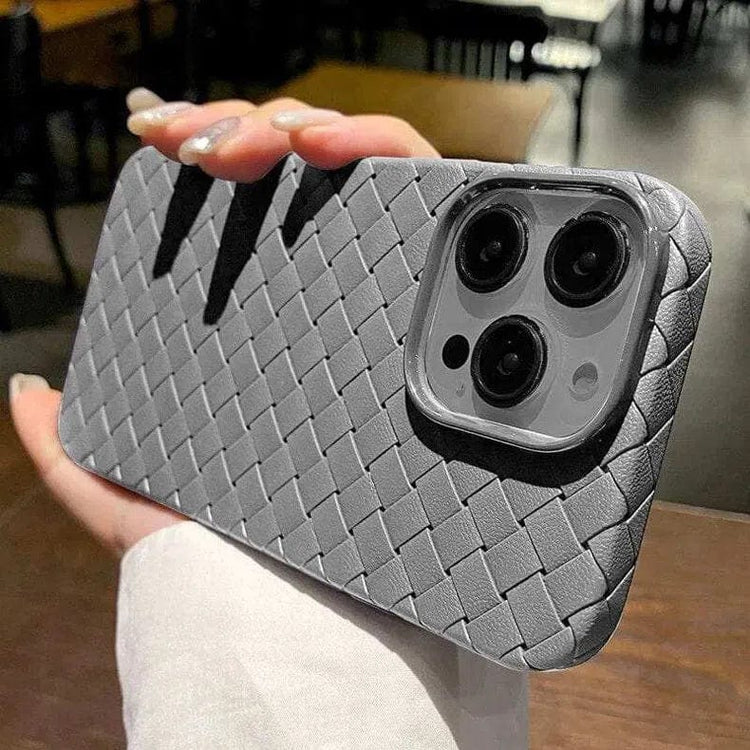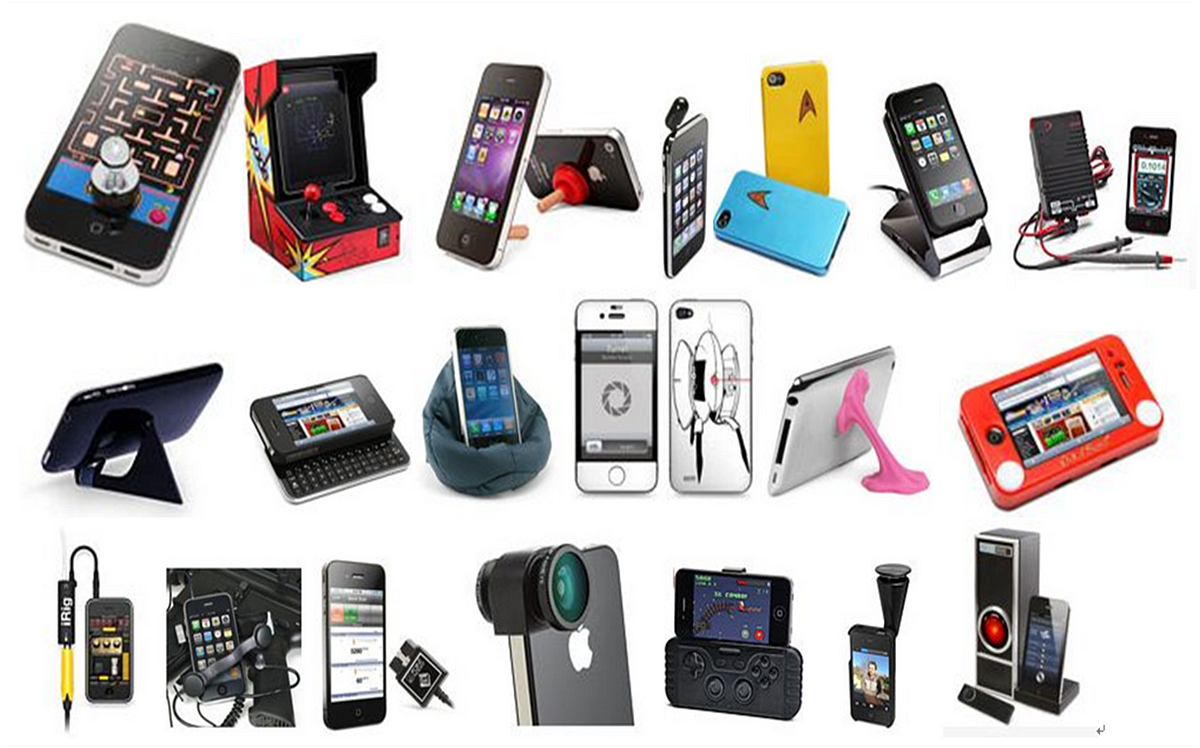Samsung Electronics: Strategy, Innovations, and Developments in the KSA Mobile Phone Accessories Market

Strong 8k brings an ultra-HD IPTV experience to your living room and your pocket.
Introduction
The KSA Mobile Phone Accessories Market valued is projected to reach USD 3.21 billion by 2030, is a dynamic and competitive landscape. Samsung Electronics, a global leader in consumer electronics, plays a pivotal role in this market. Leveraging its innovative product portfolio, strategic market approaches, and focus on emerging technologies, Samsung continues to strengthen its position in KSA. This article explores Samsung’s strategies, emerging innovations, and developments tailored to the KSA mobile phone accessories market, highlighting how the company addresses consumer needs and market challenges.
Samsung’s Strategic Approach in KSA
Samsung Electronics employs a multifaceted strategy to maintain its competitive edge in the KSA mobile phone accessories market, focusing on innovation, market segmentation, and sustainability.
1. Customer-Centric Innovation
Samsung’s strategy is deeply rooted in understanding consumer preferences through extensive market research. In KSA, where consumers demand high-quality yet affordable accessories, Samsung tailors its offerings to meet these expectations. The company’s One UI interface, which allows extensive customization of themes, icons, and navigation, enhances the user experience for accessories like wireless earbuds and smart watches, aligning with the KSA market’s preference for personalized tech solutions. Additionally, Samsung’s focus on seamless integration with its Galaxy ecosystem, including Smart Things for smart home connectivity, ensures that accessories enhance the functionality of its smartphones.
2. Market Segmentation and Product Diversification
Samsung adopts a dual approach to cater to both premium and budget-conscious consumers in KSA. For premium users, Samsung offers high-end accessories such as the Galaxy Buds Pro and Galaxy Watch series, which feature advanced technologies like active noise cancellation and health monitoring. For budget-conscious consumers, the company provides affordable yet reliable accessories, such as fast-charging cables and protective cases, ensuring broad market coverage. This segmentation strategy has enabled Samsung to compete effectively with rivals like Apple and Xiaomi in KSA’s price-sensitive market.
3. Vertical Integration and Supply Chain Efficiency
Samsung’s vertical integration, where it manufactures key components in-house, allows the company to control quality and costs. In the KSA market, this translates to competitively priced accessories with consistent performance, such as power banks and wireless chargers. By optimizing its supply chain and leveraging advanced analytics for inventory management, Samsung ensures product availability, addressing the challenge of market saturation and intense competition in KSA.
4. Sustainability Commitment
Samsung’s commitment to sustainability resonates with KSA’s growing emphasis on eco-friendly products. The company incorporates recycled materials into accessories like the Galaxy S23 series’ protective cases and has reduced carbon emissions through energy-efficient manufacturing. In KSA, where disposable income is rising, Samsung’s environmentally friendly innovations, such as biodegradable packaging for accessories, enhance its brand appeal among conscious consumers.
Emerging Innovations in Samsung’s Accessories
Samsung is at the forefront of integrating cutting-edge technologies into its mobile phone accessories, addressing KSA’s demand for innovative and functional products.
1. Augmented Reality (AR) Integration
The KSA mobile phone accessories market presents opportunities for AR integration, and Samsung is exploring this potential. For instance, Samsung’s Gear VR and upcoming extended reality (XR) accessories, developed in partnership with Google and Qualcomm, aim to deliver immersive experiences. In KSA, where tech-savvy consumers seek novel experiences, AR-enabled accessories could enhance gaming and content consumption, setting Samsung apart from competitors.
2. AI-Powered Accessories
Samsung is leveraging artificial intelligence (AI) to enhance accessory functionality. The Galaxy Buds series, for example, uses AI to optimize sound quality and enable voice-activated controls, appealing to KSA’s young, tech-oriented demographic. Additionally, Samsung’s AI-powered SmartThings ecosystem connects accessories like smart watches and wireless chargers to create a seamless user experience, aligning with the market’s demand for smart technology.
3. Fast-Charging and Wireless Technologies
With the rise of fast-charging smartphones, Samsung has introduced complementary accessories like wireless charging pads and rapid-charging cables. These innovations cater to KSA consumers’ need for convenience and efficiency, particularly in urban areas with fast-paced lifestyles. Samsung’s focus on compatibility with its Galaxy devices ensures a cohesive ecosystem, driving accessory sales.
4. Foldable Device Accessories
Samsung’s pioneering work in foldable smartphones, such as the Galaxy Z Fold and Z Flip, has spurred demand for specialized accessories. In KSA, Samsung offers protective cases and screen protectors designed for foldable devices, addressing the unique needs of premium consumers. These accessories enhance device durability and usability, reinforcing Samsung’s leadership in innovative form factors.
Key Developments in KSA
Samsung has undertaken several developments to strengthen its presence in the KSA mobile phone accessories market, aligning with regional trends and consumer expectations.
1. Localized Marketing and Partnerships
Samsung has adapted its marketing strategies to resonate with KSA’s cultural and economic context. By partnering with local retailers and telecommunications providers, Samsung ensures widespread distribution of its accessories. The company’s campaigns highlight features like durability and affordability, appealing to KSA’s diverse consumer base. Additionally, Samsung’s online presence, enhanced through AR-based product previews and e-commerce integration, caters to the growing digital shopping trend in KSA.
2. Investment in R&D
Samsung’s substantial investment in research and development (R&D), with KRW 450 trillion allocated over five years, supports the creation of innovative accessories. In KSA, this translates to accessories that incorporate advanced features like health monitoring in smart watches and noise-canceling technology in earbuds. Samsung’s R&D efforts also focus on addressing compatibility challenges, ensuring that accessories work seamlessly with a range of Galaxy devices.
3. Expansion of Ecosystem Connectivity
Samsung’s Smart Things platform is a key development, enabling accessories to integrate with smart home devices. In KSA, where smart home adoption is growing, this ecosystem approach enhances the appeal of accessories like the Galaxy Watch and Buds, which can control connected devices. This connectivity differentiates Samsung from competitors and drives consumer loyalty.
4. Response to Market Challenges
The KSA mobile phone accessories market faces challenges like market saturation and intense competition from brands like Apple, Xiaomi, and Huawei. Samsung counters these by continuously updating its accessory lineup and offering competitive pricing. For example, the company’s focus on affordable yet feature-rich accessories helps it compete with lower-cost Chinese brands, while its premium offerings challenge Apple’s dominance in the high-end segment.
Future Opportunities and Challenges
Looking ahead, Samsung is well-positioned to capitalize on opportunities in the KSA mobile phone accessories market. The integration of sustainable solutions, such as eco-friendly materials, aligns with global and regional trends toward environmental responsibility. Additionally, the growing middle-class consumer base in KSA presents opportunities for tailored accessory offerings that balance affordability and innovation.
However, Samsung must navigate challenges like intense competition and compatibility issues. To maintain its market share, the company should continue investing in R&D to stay ahead of technological trends and address consumer demands for interoperability. Furthermore, Samsung’s ability to adapt to KSA’s evolving lifestyle preferences, such as the demand for health-focused accessories, will be critical to sustaining its leadership.
Conclusion
Samsung Electronics has solidified its position in the KSA mobile phone accessories market through a strategic blend of customer-centric innovation, product diversification, and sustainability. By introducing emerging technologies like AR, AI, and fast-charging solutions, and supporting these with robust R&D and localized marketing, Samsung addresses the unique needs of KSA consumers. As the market grows toward USD 3.21 billion by 2030, Samsung’s focus on innovation and adaptability will be key to overcoming challenges and seizing opportunities, ensuring its continued dominance in this competitive landscape.
Note: IndiBlogHub features both user-submitted and editorial content. We do not verify third-party contributions. Read our Disclaimer and Privacy Policyfor details.







